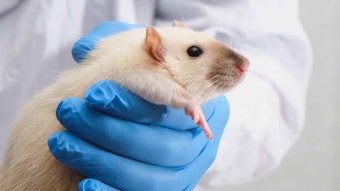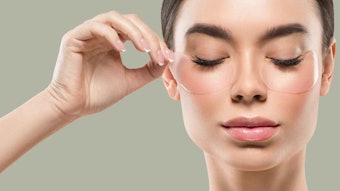
What better way to show the skin we care than by showering it with gifts of chocolate and wine? A new study this month, appearing in the International Journal of Molecular Sciences, tugged at our heartstrings, with its comparison of phenolic compounds in chocolate (actually, cocoa by-products) and wine (okay, grape seeds from winemaking. Close enough).
According to the researchers, the physiological properties of dietary polyphenols have gained interest in recent years. Especially proanthocyanidins, which exhibit antibacterial, enzyme-inhibiting, antioxidant and radical-scavenging properties, among others. And cocoa wastes and grape seeds/skin byproducts are a source of several phenolic compounds, particularly mono-, oligo- and polymeric proanthocyanidins.
A study was conducted to compare the phenolic compositions of Theobroma cacao and Vitis vinifera grape seed extracts using high pressure liquid chromatography coupled to a quadrupole time-of-flight mass spectrometer, and equipped with an electrospray ionization interface (HPLC-ESI-QTOF-MS). The antioxidant and anti-inflammatory capacity of these extracts also was measured by different methods, described in the full open access article.
The HPLC technique was found to effectively separate and detect phenolic and other polar compounds. The most representative groups identified and quantified were proanthocyanidins (e.g., monomers, dimers and galloyl derivatives). Besides these, phloretin and its derivatives were identified for the first time in V. vinifera seeds. These compounds have been reported to show antitumor effects.
The grape seed and cocoa extracts possessed significant antioxidant capacity, reducing peroxyl radicals. The grape seed extract showed a stronger capacity to donate electrons, and a higher phenolic and flavan-3-ol content. The cocoa extract appeared to more effectively decrease the expression of MCP-1, indicating the prevention of inflammation. This was likely due to its proanthocyanidin content having a high degree of polymerization.










